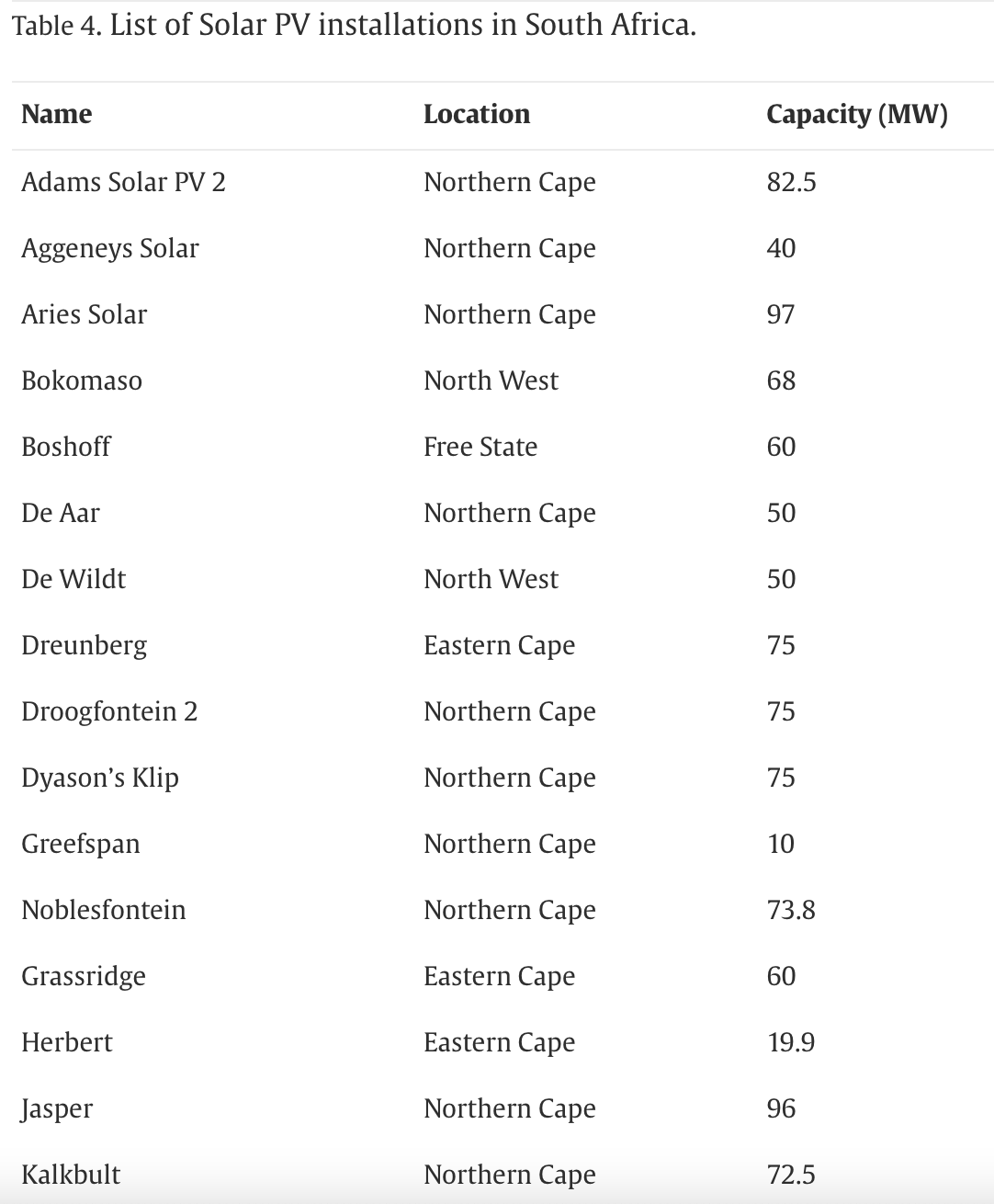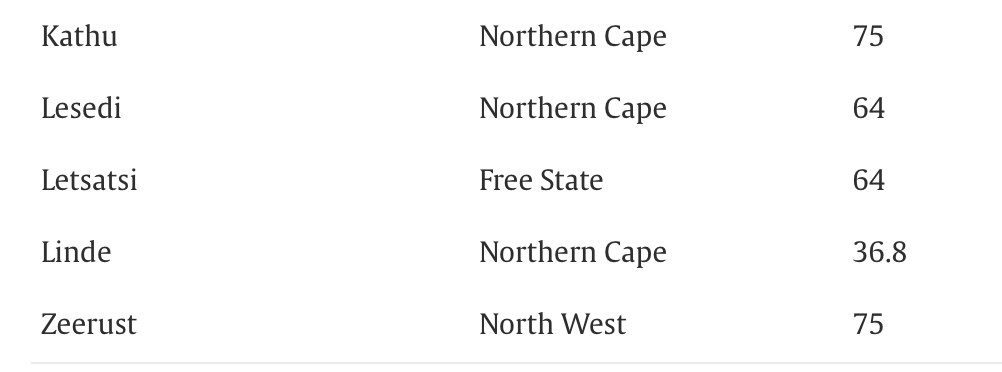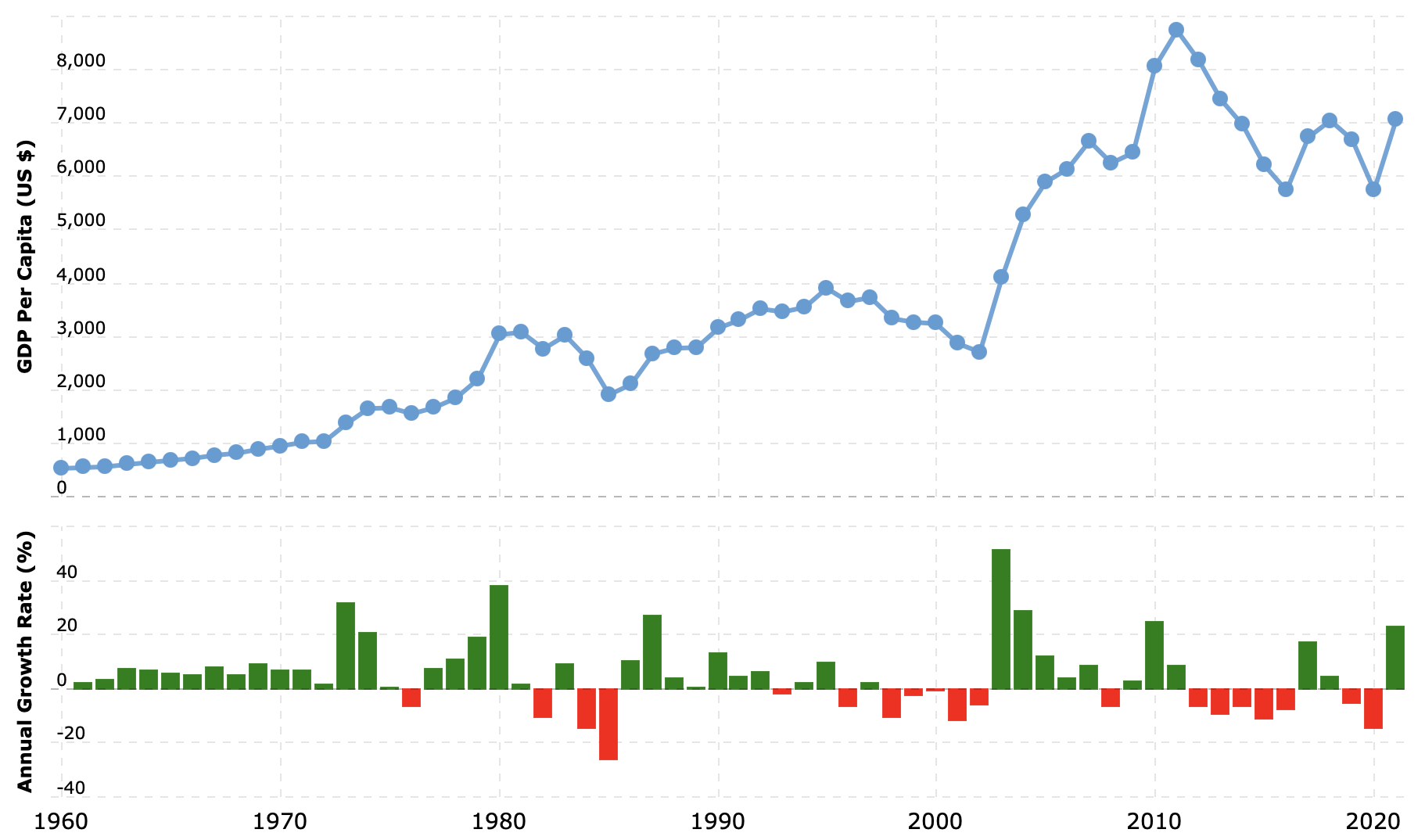By Francis Menton @ Manhattan Contrarian
It’s obvious to any person with the faculty of critical thinking that intermittent renewable “green” energy will never work to power a modern economy. So as various U.S. states and foreign countries press forward on their crash programs to go fully “green” with their electricity generation, the next obvious question immediately arises: who will be first to hit the green energy “wall”? That is, which state or country will be the first to find that without enough reliable generation its electricity system no longer works? And how will that impact the population?
In previous posts I have examined the progress toward energy disaster of various wealthy jurisdictions that have embarked on this supposed transition to renewable electricity. For example, here is a December 17, 2021 post titled “Which Country Or U.S. State Will Be The First To Hit The Renewable Energy Wall?” That post focused on California and Germany. My March 15, 2023 post, “Countdown To New York’s Rendezvous With Energy Impossibility,” considered New York as another candidate for the first to hit the wall.
But let’s now look at South Africa. South Africa is one of the wealthiest countries in Sub-Saharan Africa, which is not saying much. The World Bank gives its per capita GDP as about $7000 for 2021. (For comparison, the U.S. per capita GDP is around $70,000. while wealthier European countries like Germany, the UK and France have per capita GDP in the range of about $40,000 - $50,000.).
Unlike wealthy Western countries, South Africa is far from completely developed, and has never achieved a fully-built-out electrical grid. The country has a legacy electricity infrastructure, almost entirely based on coal generation, dating from prior to the accession to power of the ANC in 1994. But South Africa needs a big increase in its electricity supply to become a fully-developed economy. Its population has grown rapidly (from about 43 million in 1994 to 60 million today). Meanwhile its electric utility, Eskom, is heavily indebted with little further ability to raise private capital. Thus the country substantially relies on Western aid to support and expand its supply of electricity. As an example of what is occurring in the realm of Western aid for electricity infrastructure, the World Bank stopped financing coal power plants in 2013 and stopped financing oil and gas extraction projects in 2017.
And thus South Africa has become a mostly-willing guinea pig for the green dreams of Western elites. According to Climate Home News from September 19, 2020, the South African government put out a so-called Integrated Resources Plan in 2019 “outlin[ing] a transition from polluting coal generation to renewable sources like solar and wind.” In September 2020, according to the same CHN piece, “the South African cabinet . . . approved a goal to reduce greenhouse gas emissions to net zero by 2050.” South African President Cyril Ramaphosa is on record on multiple occasions over the past several years as supporting a Net Zero transition for his country.
On the ground in electricity generation in South Africa, here’s what I can learn. The New York Times reports on March 14, 2023 that over the past decade plus, since the wind/solar fad took hold, the country’s coal power plants have been allowed to become “dilapidated” due to poor maintenance and disinvestment. Meanwhile, the focus going back as far as the turn of the century has moved to developing wind and solar resources to provide electricity. A December 2021 piece from the Alexandria Engineering Journal provides a comprehensive overview of the growth in renewables in South Africa. The initial demonstration wind project was constructed by Eskom in 2002. Here is the lengthy list of wind projects subsequently completed:


Nor has South Africa lagged in the march to solar energy. From the same piece in the Alexandria Engineering Journal, here is a list of solar projects (for some reason not including the years, but they are almost entirely post-2010):


So surely by now the wind and sun must be providing the abundant and nearly-free electricity for all? Hardly. Here is a pie graph of the current electricity generation mix, stated to be based on data from the UN’s International Energy Agency:

Yes, after all of that effort, the wind generation is up to a full 2% of South Africa’s electricity, and solar 1%. And, from CNN, January 18:
South Africans have endured power cuts for years but 2022 was the worst on record with 205 days of rolling blackouts, as aging coal-fired power plants broke down and state-owned power utility Eskom struggled to find the money to buy diesel for emergency generators. So far this year, there have been outages every day. The situation worsened again last week when Eskom said it would implement more cuts because of breakdowns at 11 coal-fired generating units.
According to CNN, any individual home or business is getting hit with about 12 hours a day without power, generally coming in increments of about 4 hours at a time, and often without notice. It’s disgusting to watch what the self-important international functionaries are doing to this poor country. But at least we’re learning what the green energy “wall” looks like in practice.
UPDATE, April 26, 2023: Here are a couple of useful addenda that I came across in the process of research for this post.
First, from Energy News Report, November 21, 2022:
The World Bank has approved $497 million in loans and other assistance to finance decommissioning and repurposing of one of the world’s largest coal-fired power plants—the 1,000-MW Komati facility in South Africa that is owned by its largest public power utility, Eskom. The Komati plant, permanently shut down in October, will be repurposed for 220 MW of renewable energy, including a 150-MW solar photovoltaics facility, 70 MW of wind power generation and150 MW of onsite storage batteries, “which together will help to improve the quality of electricity supply and grid stability” said the bank.
And second, from Macrotrends, South Africa GDP per capita, 1960-2021:

Funny how all that “free” electricity and near-daily blackouts don’t lead to rapidly increasing per capita GDP. Instead, it’s the further impoverishment of already-poor people.
No comments:
Post a Comment